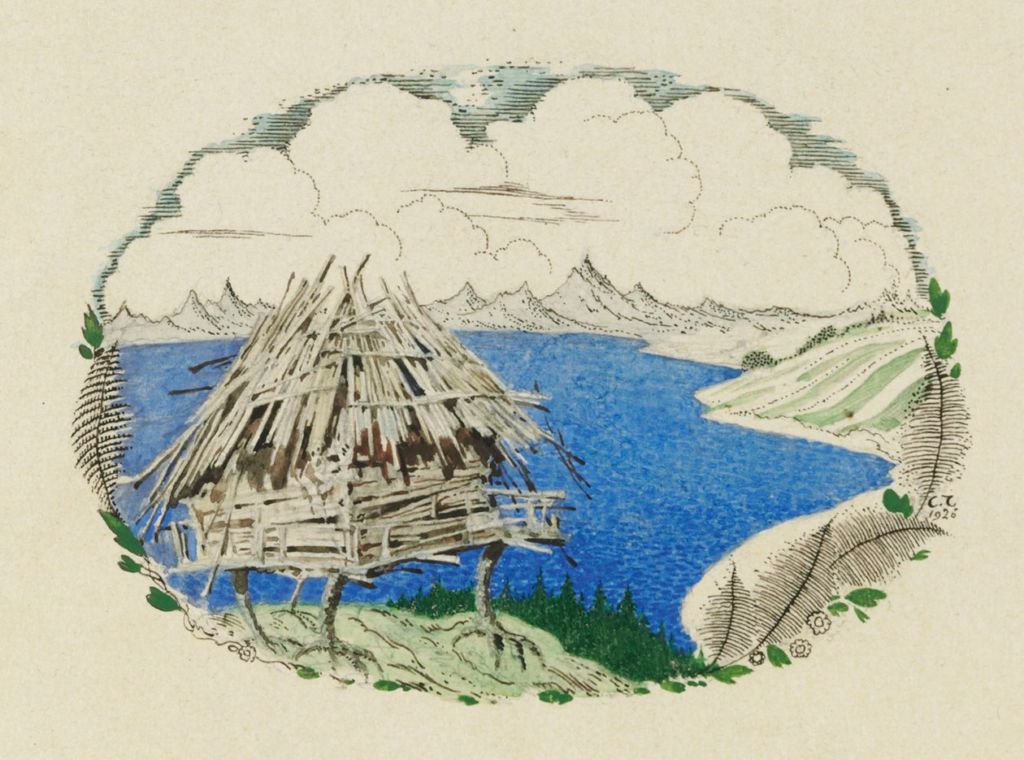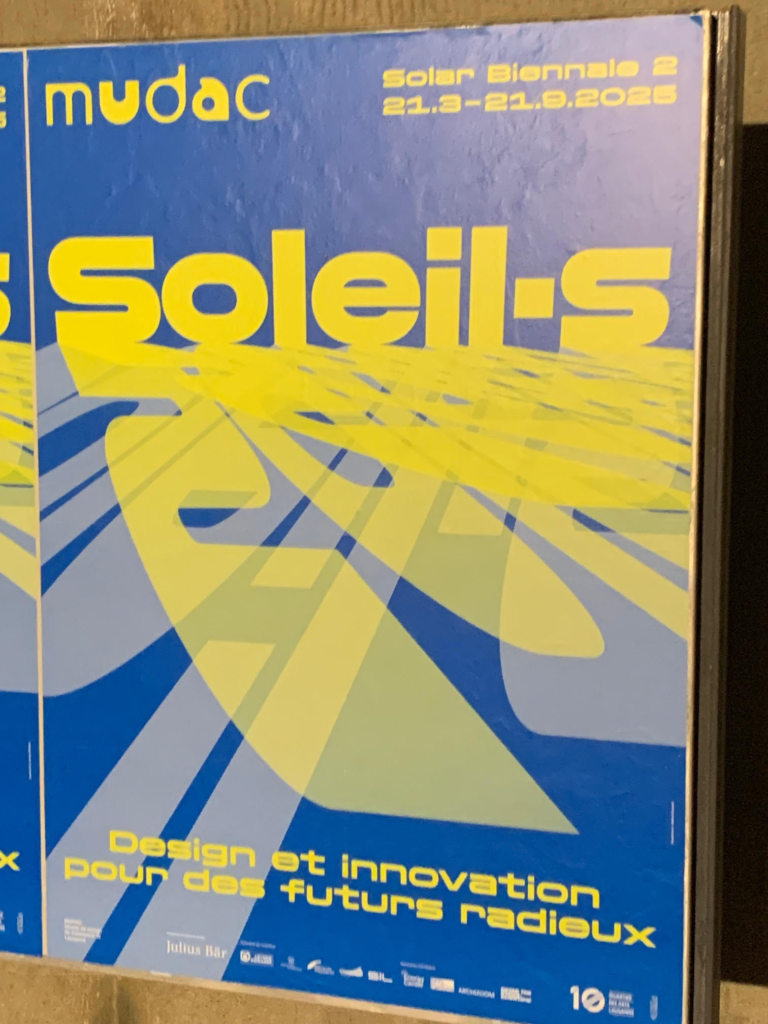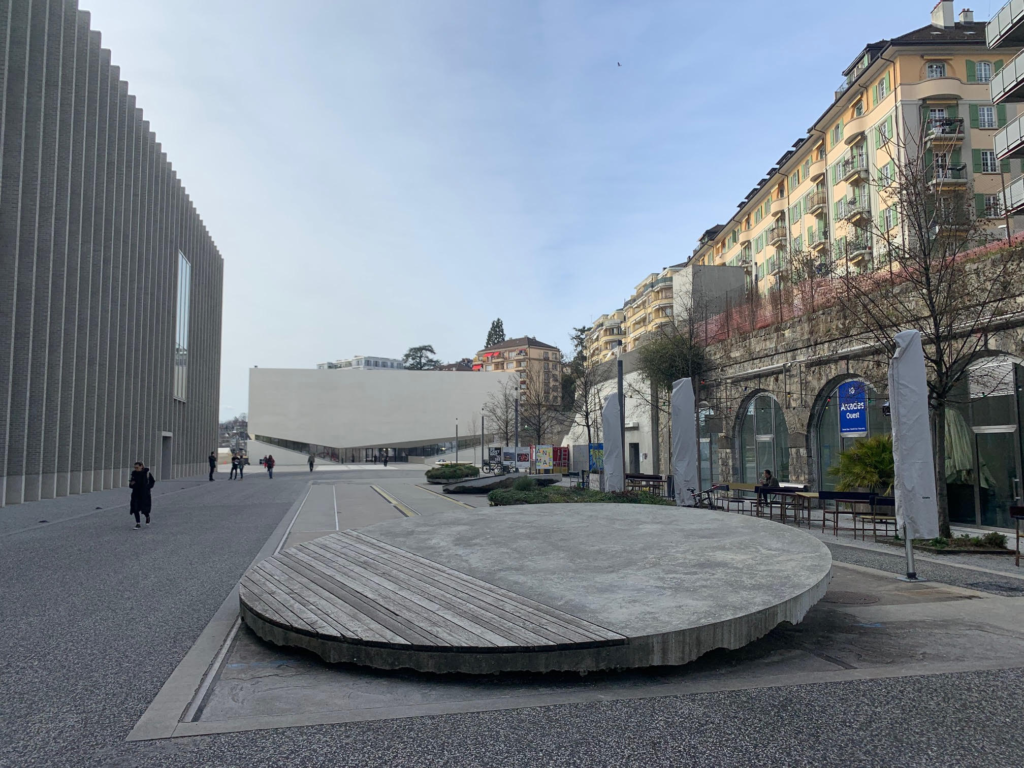
(this post is the sequel of that one, please read it before to get the context)
The house with the chicken feet is an image associated with Russian fairy tales and the witch Baba Yaga. It’s an image I really like, and my co-author and I used it in one of our fantasy novels (it’s the house of the faceless witch). We took it from the stories of Fritz Leiber, who took it from Russian fairy tales, or perhaps from the prologue to Ruslan and Ludmila, by Pushkin.
Which brings us back to Russia, the home of Lev Vygotsky, one of the great thinkers in psychology and one of the great theoretical resources of L.L. Kloetzer’s other L. (aside: Vygotsky is a kind of rock-star scientist, who took advantage of the Bolshevik revolution to think and innovate in many fields and died tragically at the age of 37, at the start of Stalinism).

Vygotsky was interested in imagination as a relation to experience. (Please beware: Laurent is the one doing the explaining here – anything that isn’t true is my own). The house with the chicken feet (which he cites as an example) illustrates the fact that our imagination works by recombining images from reality. Our capacity for imagination, he says, depends on our experiences.
But these experiences don’t have to be direct (having seen a hut, a chicken, and pasted them together). They can also be based on experiences passed on by culture, the imaginations of others (Fritz Leiber’s or Russian storytellers), and in this way, imagination is based on experience, which is based… on imagination. But an imagination crystallised in a cultural product.
Our small study enabled us to look at the ‘how’ of this process of composing experience in an exercise in imagining the future. By focusing on a particular exercise (imagining a future within a given timeframe, about a given place), we were able to work on a collection of similar narratives dealing with the same imaginative constraints.
From our corpus of 88 positive and 88 negative narratives, we found recombining elements of biographical origin, fictional elements and elements linked to the ZeitGeist, current events, illustrating Vygotsky’s theory on the different experiential sources of imagination: the person’s historical experience, immediate experience and cultural experiences.
Cool, isn’t it?
Of course, our audience is very small – students from a small, wealthy country are not representative of anything other than themselves – but our process, our ‘telescope to the future’, enabled us to illustrate in a vivid way the very social, anchored and marvellous way in which our imagination works.
In another article, I could talk about the difficulties of imagining a positive future.





